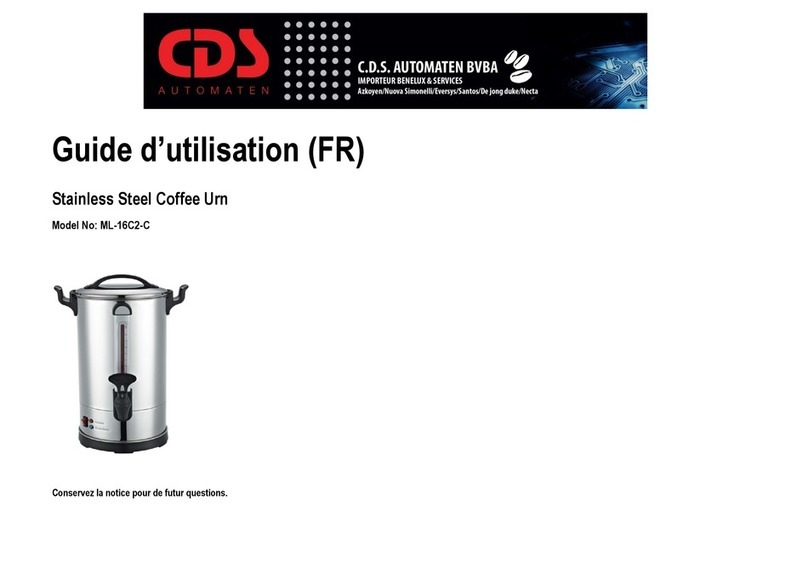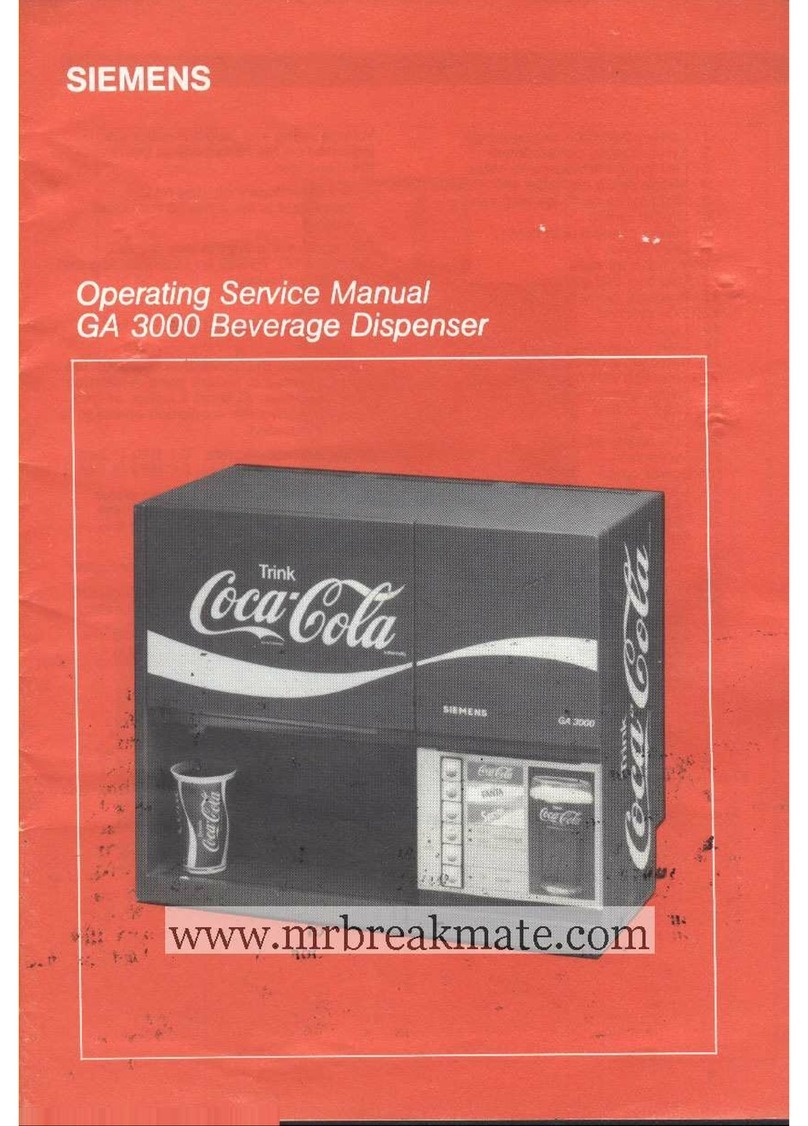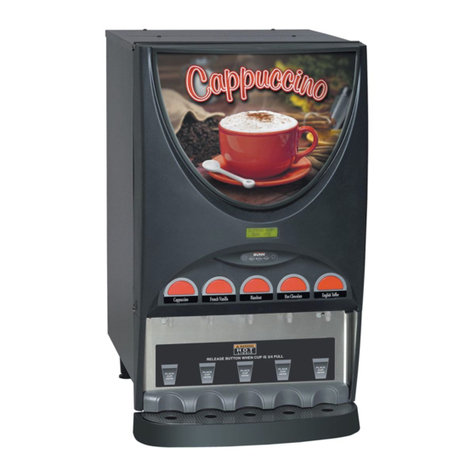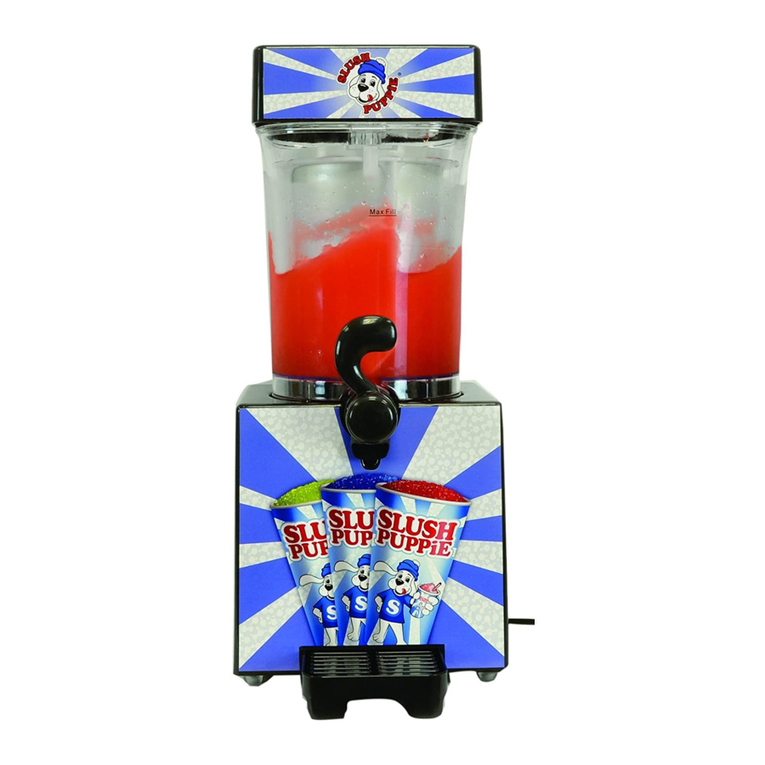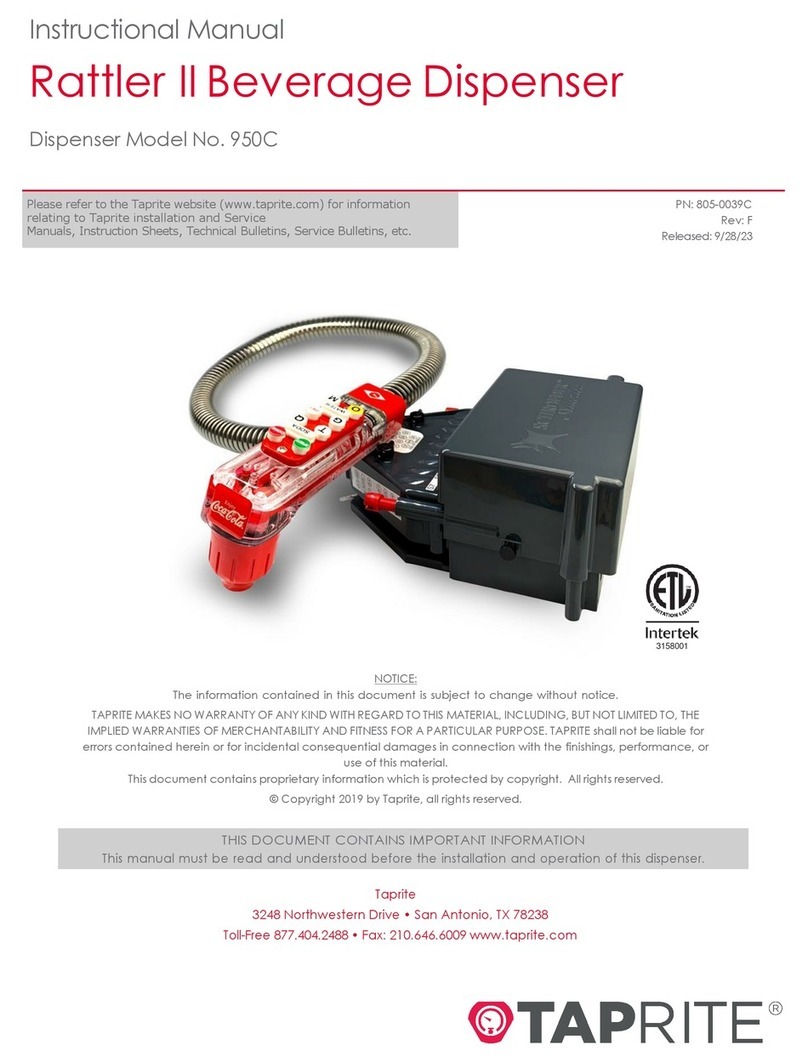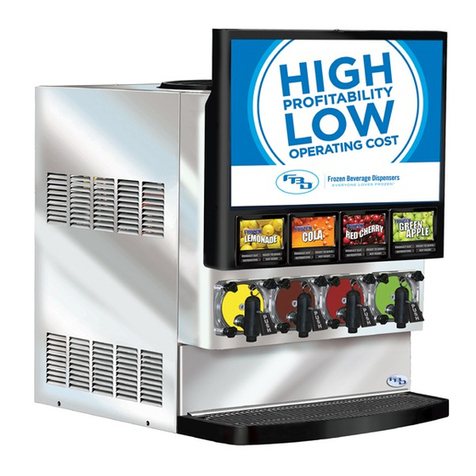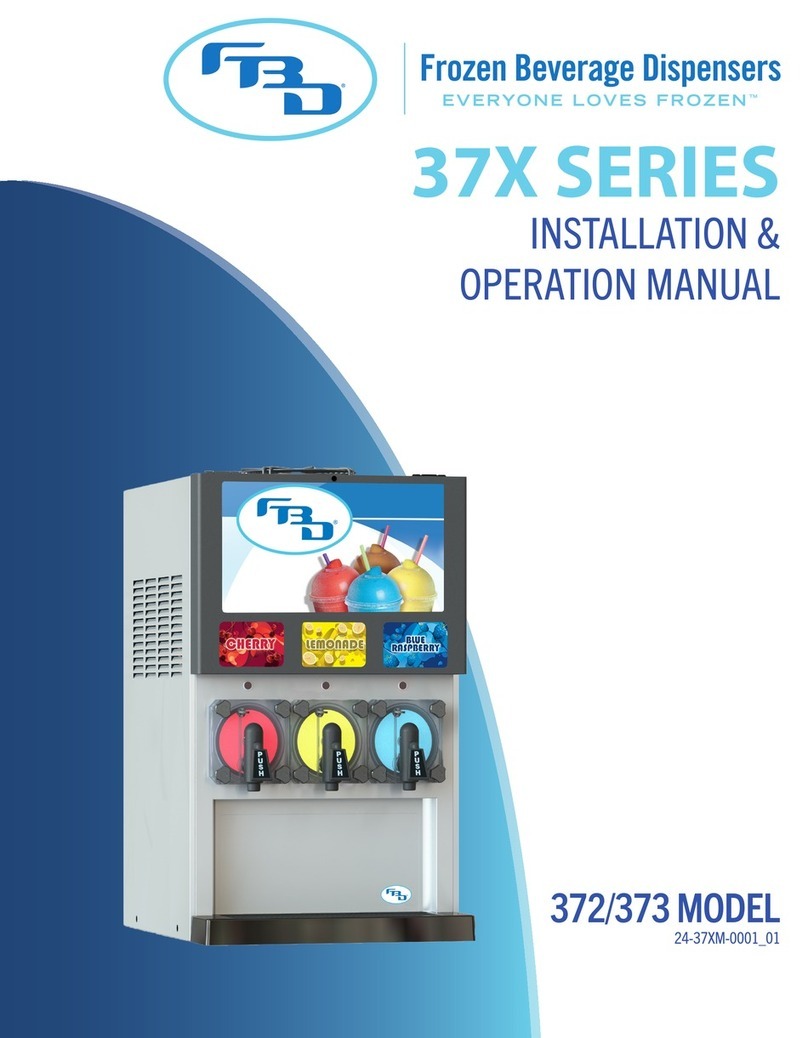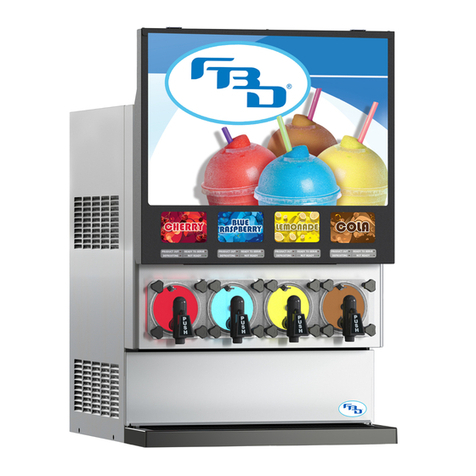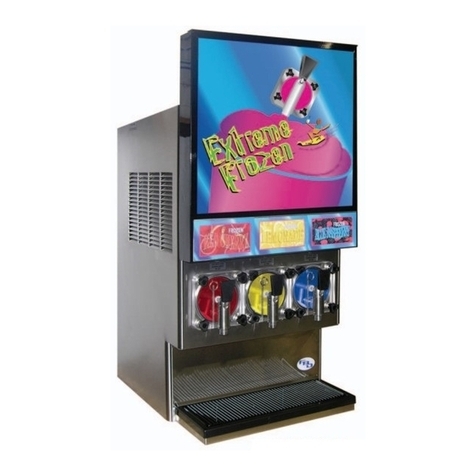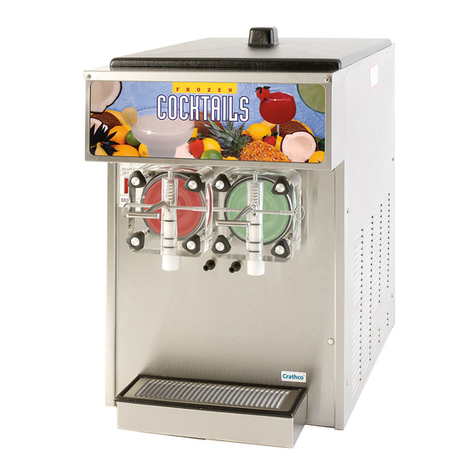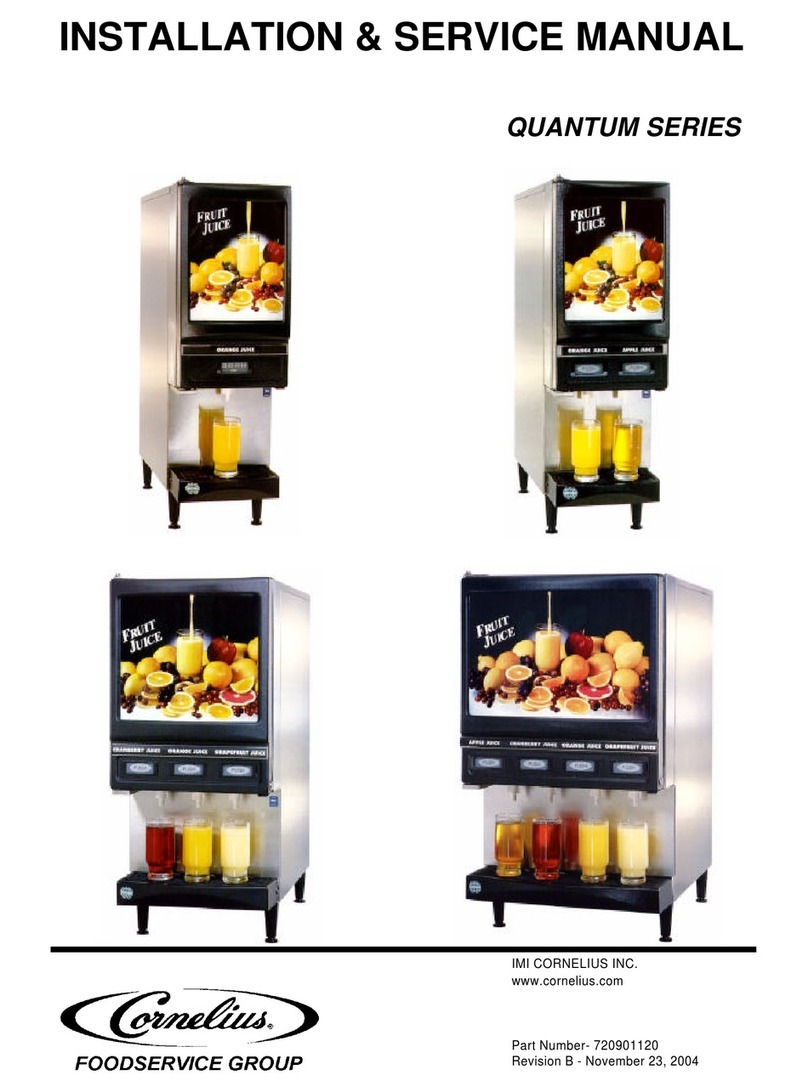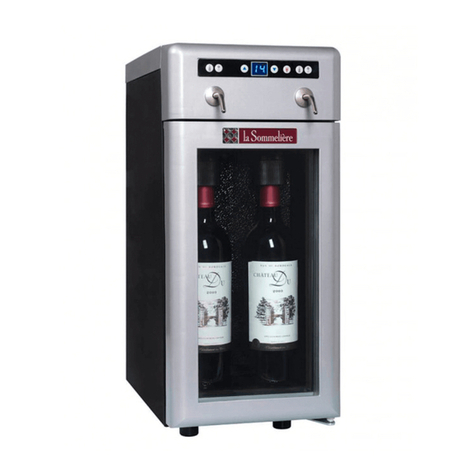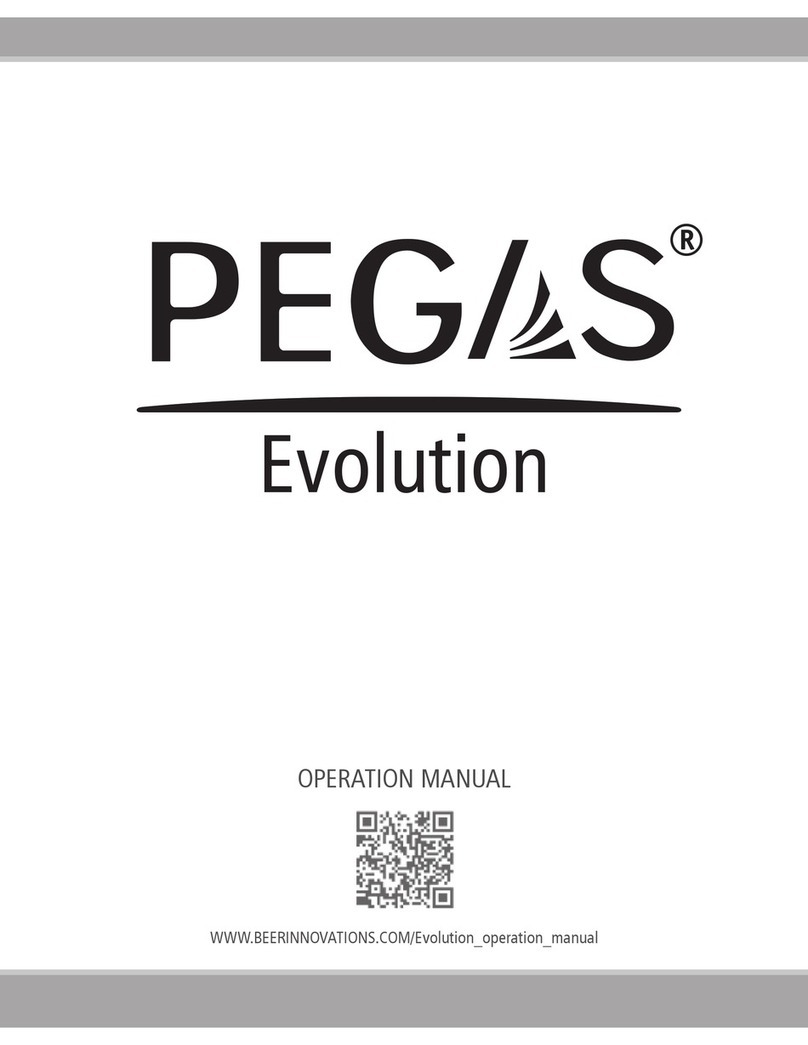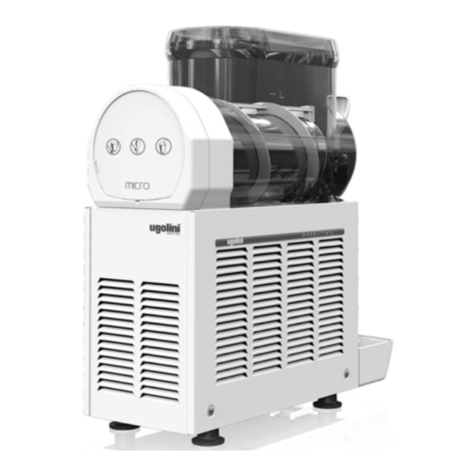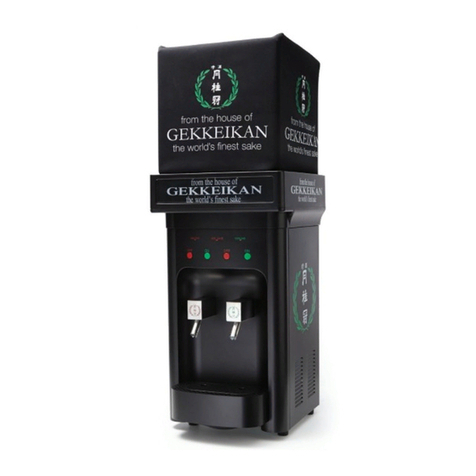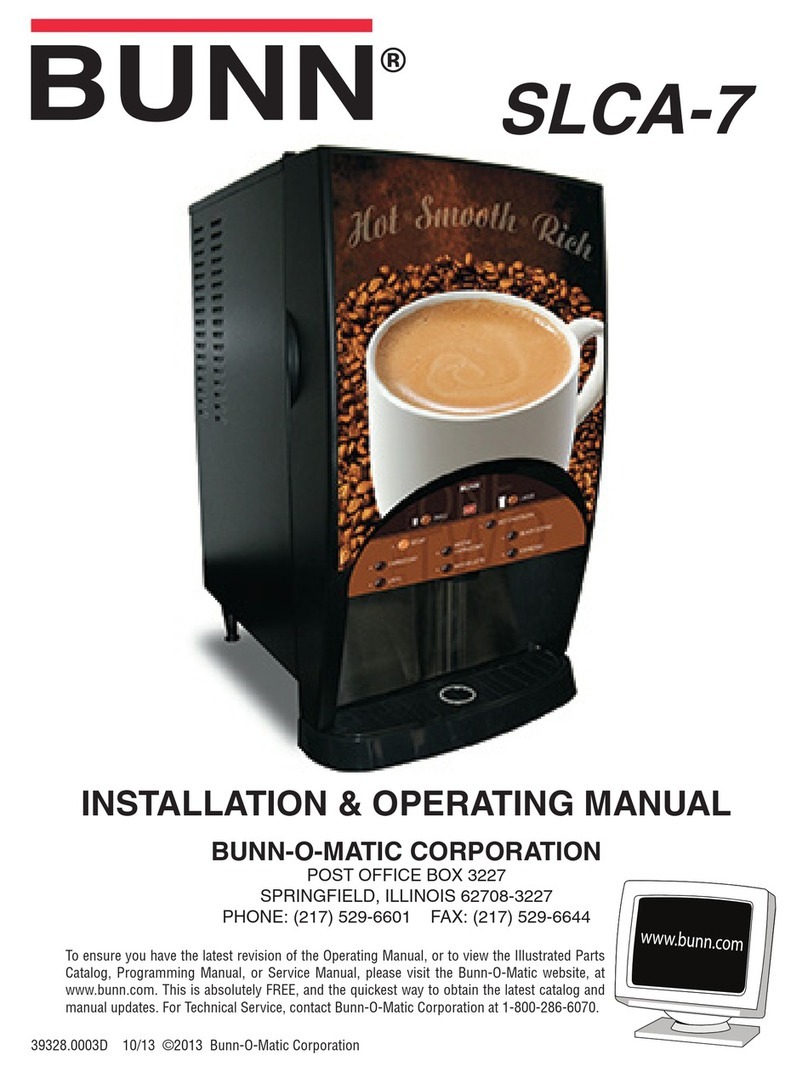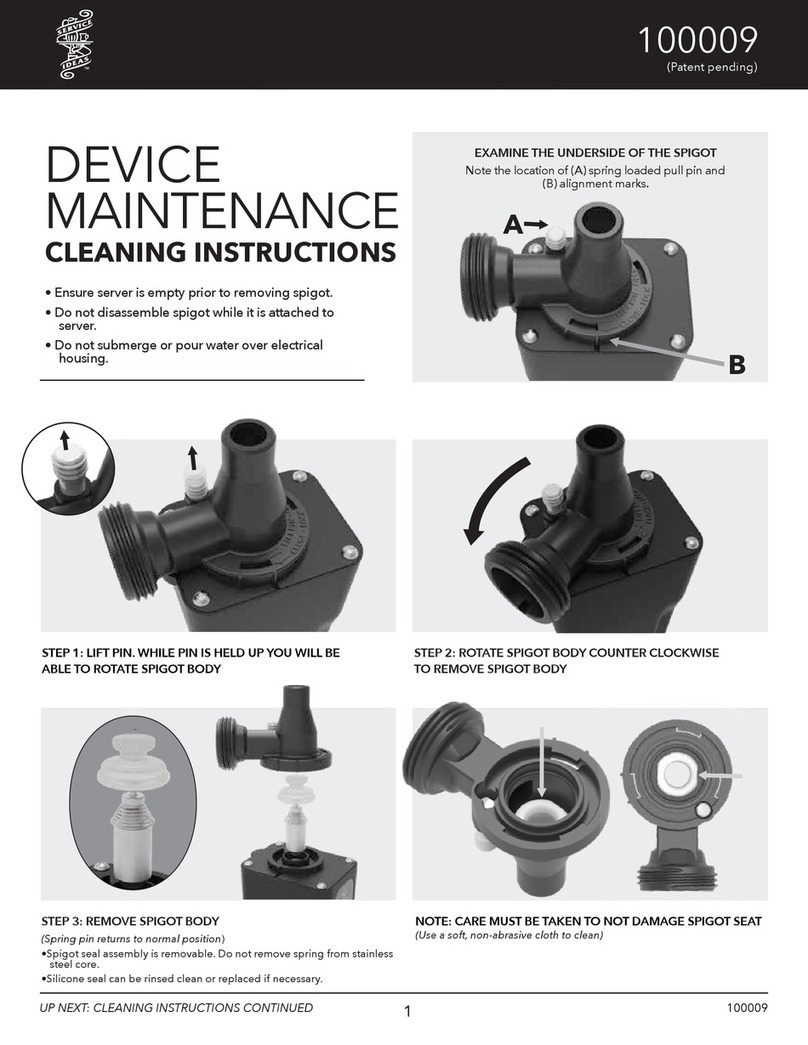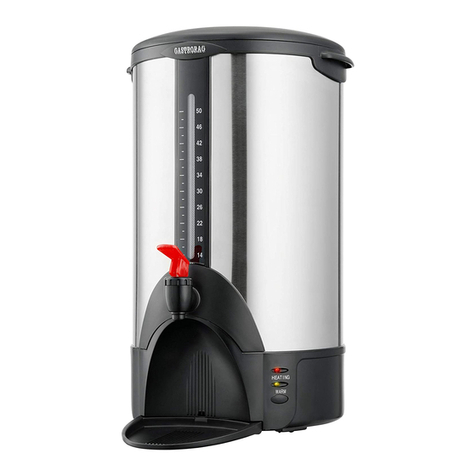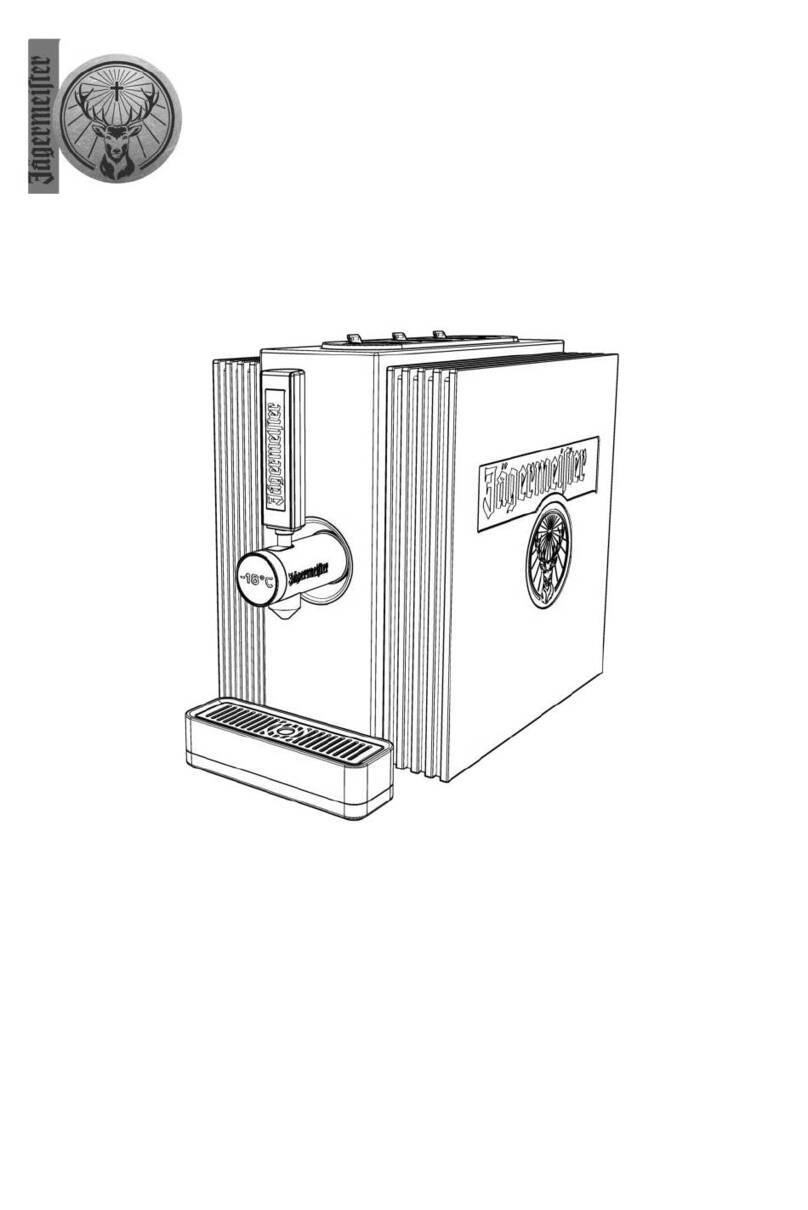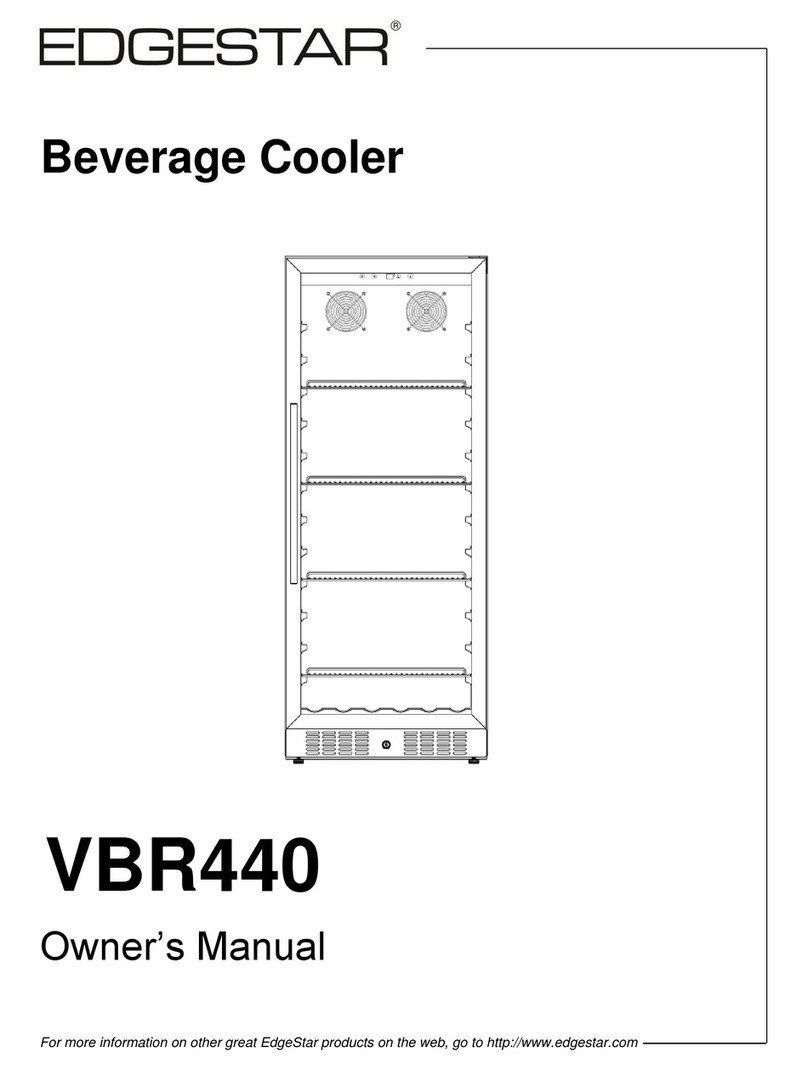
1
TABLE OF CONTENTS
1. SAFETY ........................................................................................................................................................3
1.1 ELECTRICAL .......................................................................................................................................3
1.2 CARBON DIOXIDE (CO2)...................................................................................................................3
1.3 GENERAL PRECAUTIONS ................................................................................................................3
2. UNIT IN STORAGE......................................................................................................................................3
3. SPECIFICATIONS .......................................................................................................................................4
3.1 GENERAL REQUIREMENTS .............................................................................................................4
3.2 ELECTRICAL REQUIREMENTS........................................................................................................4
3.3 DIMENSION AND WEIGHT SPECIFICATIONS ...............................................................................4
4. RECEIVING AND UNPACKING DISPENSER ..........................................................................................5
4.1 RECEIVING..........................................................................................................................................5
4.2 UNPACKING ........................................................................................................................................5
5. INSTALLATION............................................................................................................................................5
5.1 GENERAL LOCATION REQUIREMENTS.........................................................................................5
5.2 SELF-CONTAINED REFRIGERATION MODELS.............................................................................5
5.3 DISPENSER MOUNTING ...................................................................................................................6
5.4 CONNECTING TO ELECTRICAL POWER .......................................................................................6
5.5 CONNECTING TO WATER SUPPLY ................................................................................................7
5.6 CONNECTING TO CO2SUPPLY.......................................................................................................7
5.7 CONNECTING TO SYRUP SUPPLY.................................................................................................8
5.8 LONG TUBING RUNS.........................................................................................................................8
6. STARTING UP THE DISPENSER ..............................................................................................................9
6.1 LEAK CHECK.......................................................................................................................................9
6.2 INITIAL POWER UP ............................................................................................................................9
6.3 CO2PURGE .......................................................................................................................................10
6.4 BRIXING .............................................................................................................................................10
6.5 FILLING BARREL ..............................................................................................................................12
7. DISPENSER OPERATION........................................................................................................................13
7.1 BRIX ....................................................................................................................................................13
7.2 EXPANSION.......................................................................................................................................13
7.3 REGULATED CO2INJECTION PRESSURE ..................................................................................14
7.4 THAW AND FREEZE SETTINGS.....................................................................................................14
7.5 NO DEFROST TIME BLOCK............................................................................................................14
7.6 SETTING WAKE/SLEEP TIMES ......................................................................................................15
7.7 DRINK QUALITY................................................................................................................................15
7.8 DRINK TOO "FIRM" OR COLD.........................................................................................................15
7.9 DRINK TOO LIQUID ..........................................................................................................................15
7.10 DEFROSTING ..................................................................................................................................16
7.11 BARRELS 90% FULL ON INITIAL SET-UP...................................................................................16
7.12 FREEZE ............................................................................................................................................16
7.13 OFF ...................................................................................................................................................16
8. CLEANING AND SANITIZING THE UNIT...............................................................................................17
8.1 GENERAL INFORMATION ...............................................................................................................17
8.2 DAILY CLEANING .............................................................................................................................17
8.3 SANITIZING .......................................................................................................................................19
9. ROUTINE MAINTENANCE .......................................................................................................................19
9.1 AIR FILTER CLEANING....................................................................................................................19
9.2 REAR SEAL REPLACEMENT ..........................................................................................................20
